After a little over a year, four US scientists returned from NASA’s Mars Dune Alpha mission – an experiment that simulated life on Mars.
The four volunteer scientists met rapturous applause from the crowd as they left Mars Dune Alpha after spending 378 days disconnected from the rest of the World.
What is The Mars Dune Alpha?

The Mars Dune Alpha is a 160-square-meter enclosure at Houston’s Johnson Space Center, with conditions designed to mirror those on Mars.
The space is covered in red sand and has an airlocked outdoor area. Here, the scientists conducted regular “Marswalks”.
What Did The Scientists Do?
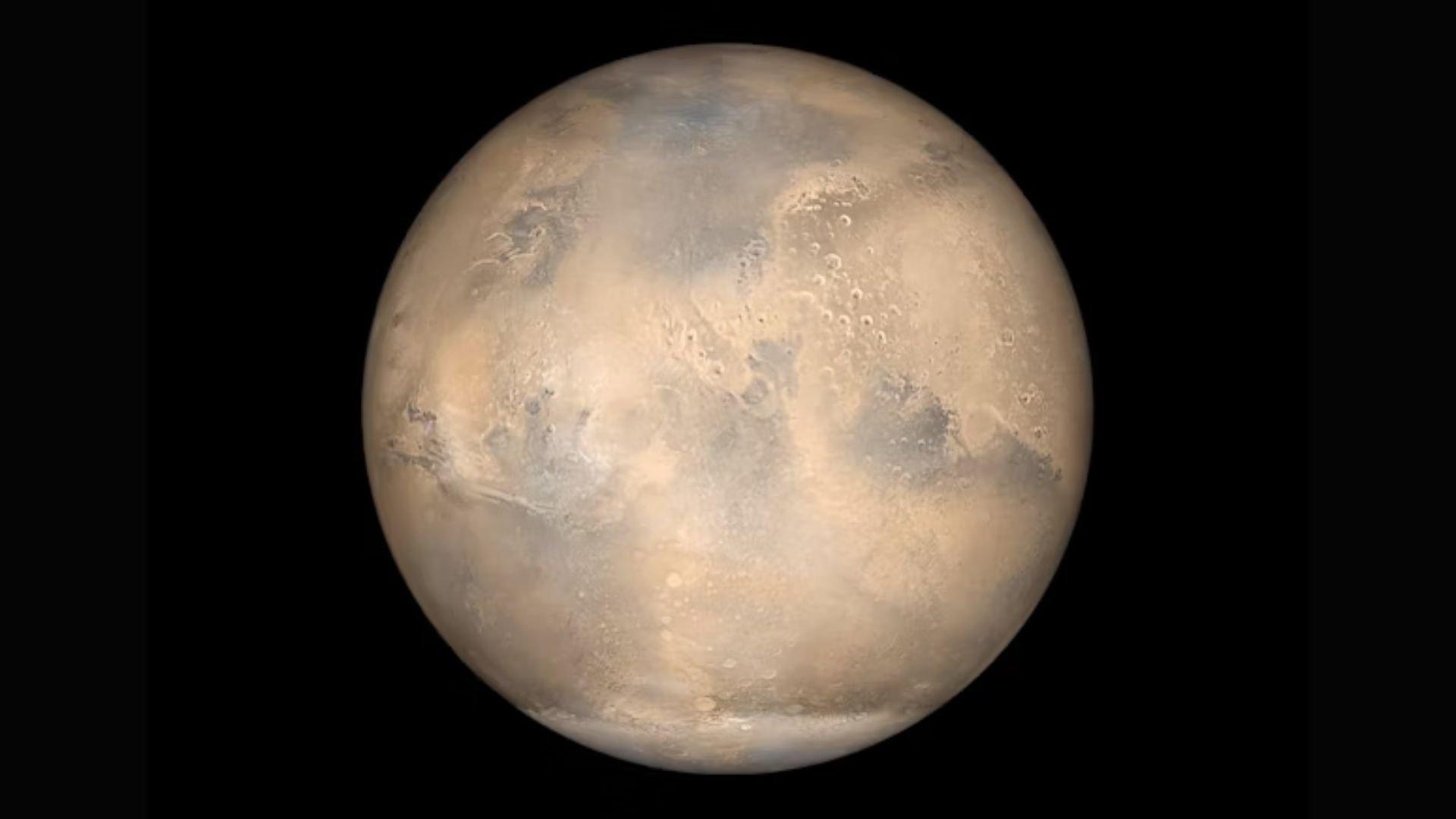
The volunteer scientists, Anca Sealriu, Nathan Jones, Kelly Haston, and Ross Brockwell, conducted “Marswalks” and grew vegetables on a vertical farm.
The astronauts operated under “additional stressors” designed to mimic Mars – including isolation, confinement, and delayed communications with Earth.
Mars Scientists Speak About Their Experience
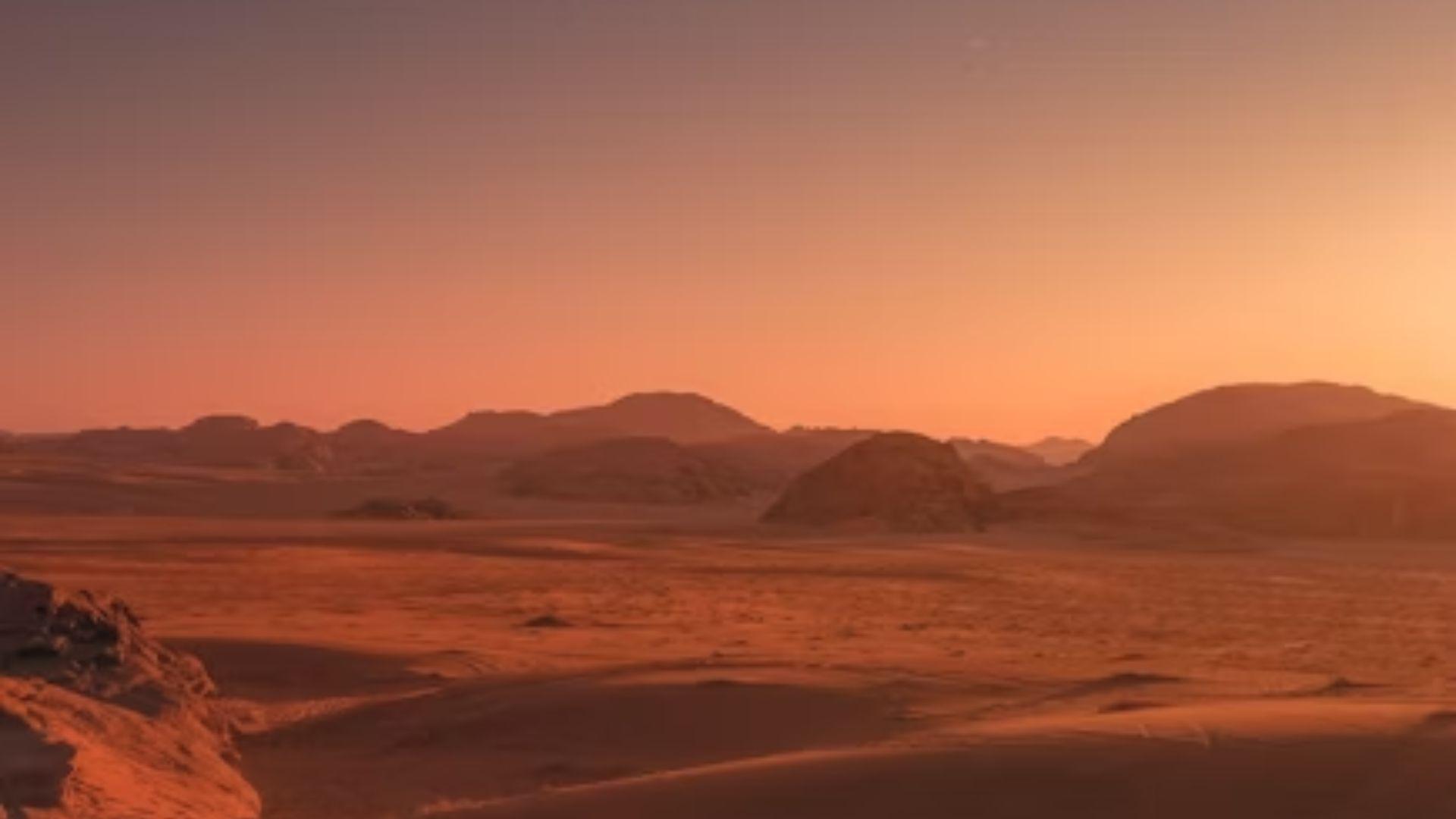
The four scientists were greeted by applause when the door of the Mars Dune Alpha opened and introduced them to the wider world for the first time in over a year.
“We can use our senses of wonder and purpose, to achieve peace and prosperity and to unlock knowledge and joy for the benefit of everyone in every part of planet Earth,” said Brockwell.
The Mission’s Goal
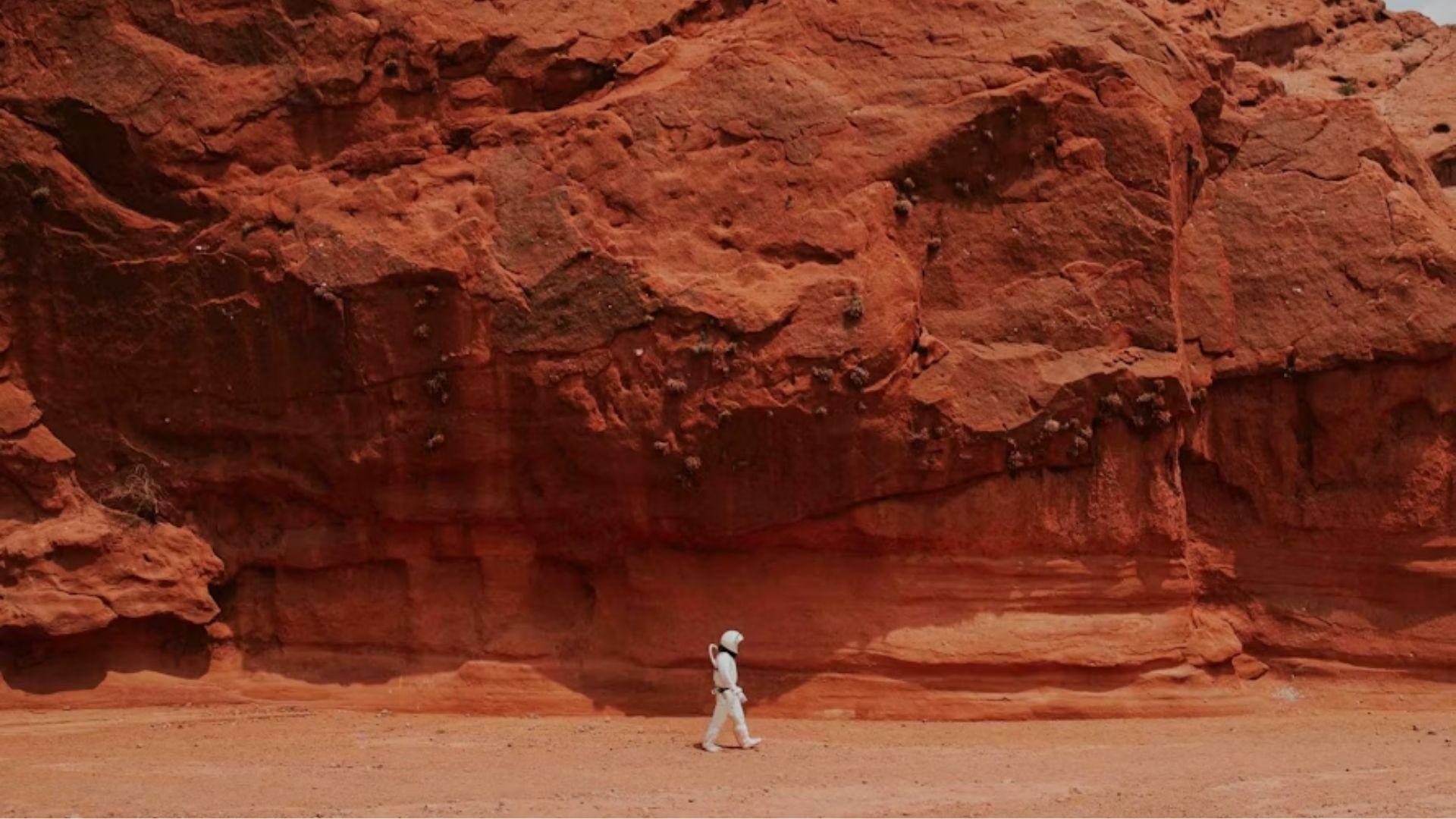
The latest Mars-simulation mission is the first in the Crew Health and Performance Exploration Analog (CHAPEA) mission. It is hoped that these missions will eventually allow humans to go to Mars.
NASA’s director of engineering, Julie Kramer, said the project, “gives us an opportunity to learn all these critical things about these complex systems, and it’s going to make going to Mars and back a lot safer.”
Scientists’ Address
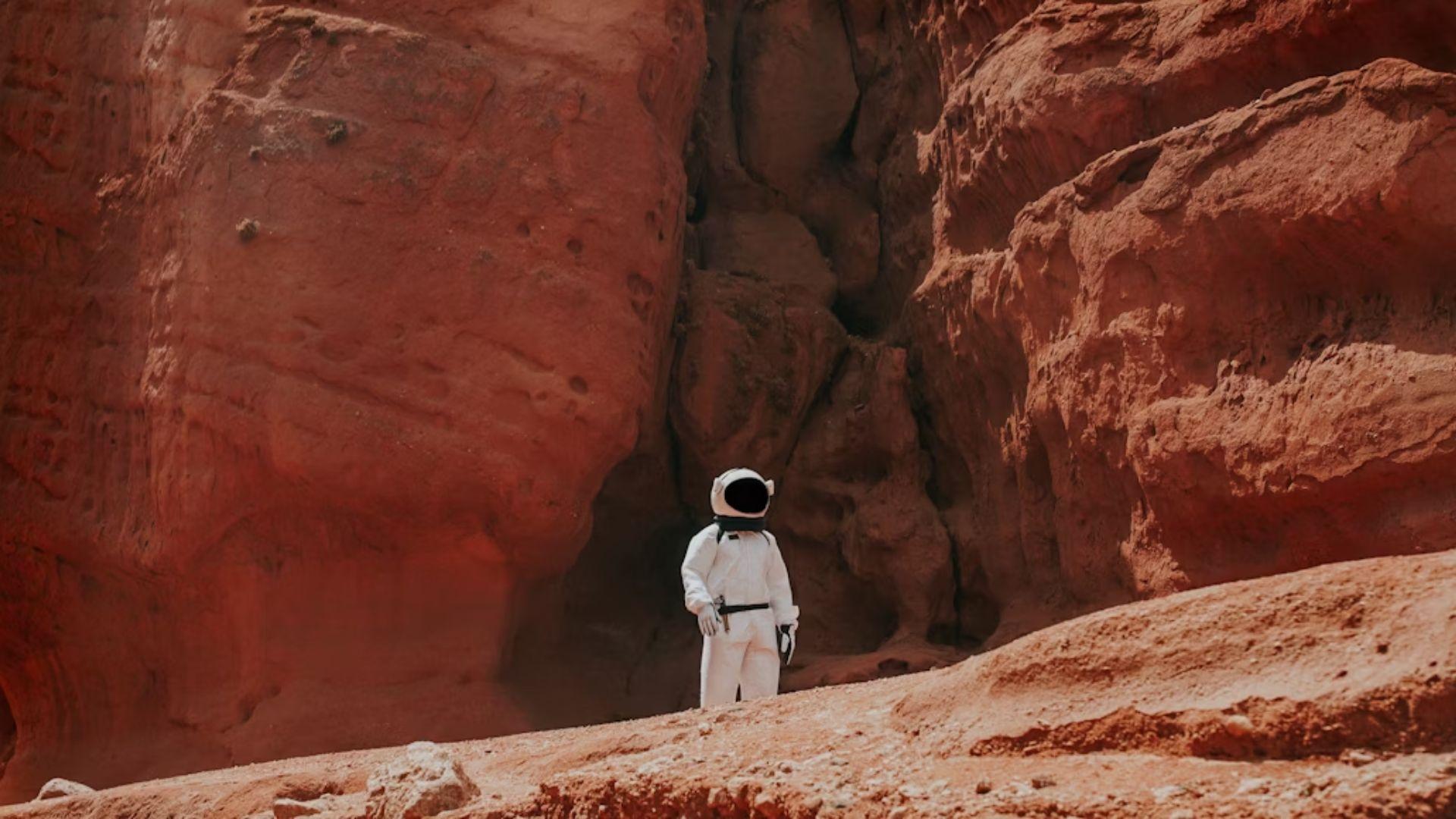
“Hello. It’s actually so wonderful just to be able to say hello to you,” said a laughing Haston after returning from the mission.
Meanwhile, deputy director at NASA’s Johnson Space Center Steve Koerner added, “They have spent more than a year in this habitat conducting crucial science, most of it nutrition-based and how that impacts their performance … as we prepare to send people on to the Red Planet.”
Past and Future Missions
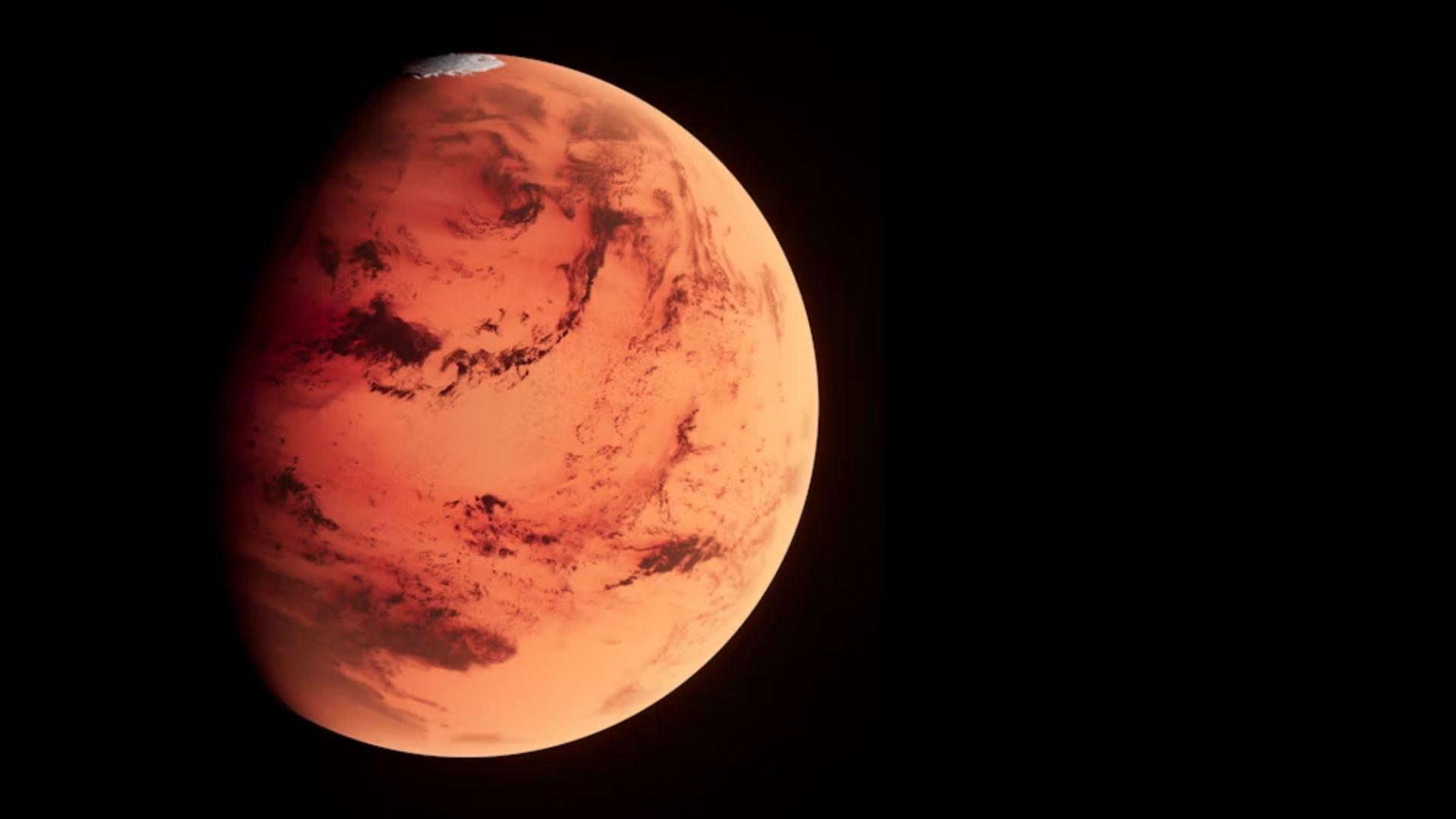
Previously, a year-long mission to simulate life on Mars took place in Hawaii between 2015-2016, while future CHAPEA missions are set for 2025 and 2027.
Additionally, the US plans to send humans back to the Moon as part of its Artemis program, which is hoped to prepare for a trip to Mars in the late 2030s.
Meet The Crew

The crew, which began their mission on June 25th 2023, was led by Kelly Haston, with three other crew members: Anca Selariu, Nathan Jones, and Ross Brockwell.
Additionally, participants in the CHAPEA mission included NASA’s Steve Koerner, Kjell Lindgren, and Julie Kramer White, CHAPEA’s Grace Douglas, and Judy Hayes of the Human Health and Performance Directorate.
Elsewhere, Less Success For NASA
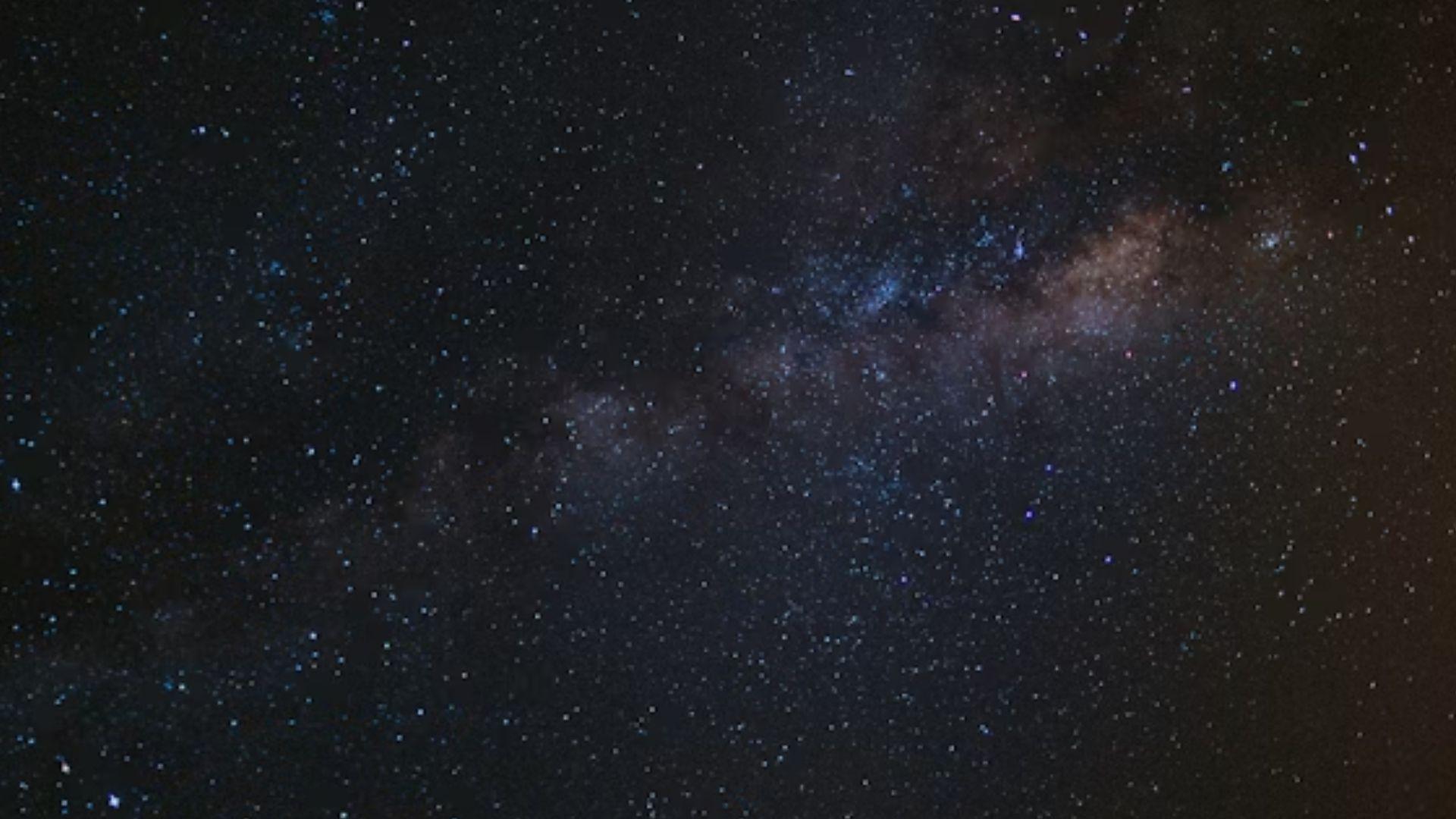
NASA previously made headlines in June, when their joint Starliner mission with Boeing saw two astronauts launched into Space – in what was seen as a major victory for them in the space race against Elon Musk’s SpaceX.
However, the Starliner mission has since suffered a series of faults that have led to the astronauts remaining in space far beyond their initial timeframe. Reports earlier this month suggested the mission could extend into August.
The Key To Life on Mars
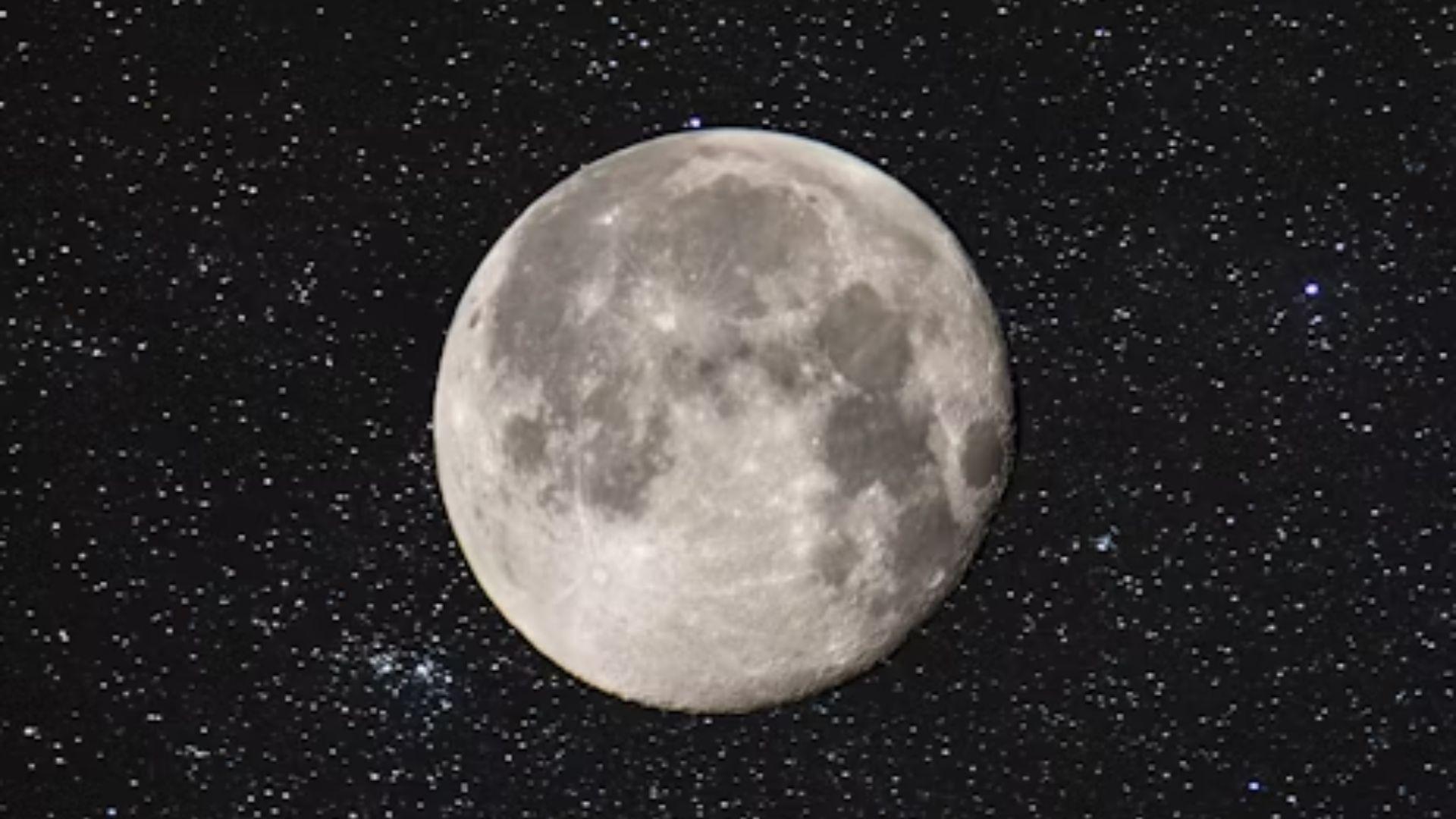
At the end of June, it was reported that scientists in China had found a resilient moss that could survive in extreme Mars-like conditions.
“The unique insights obtained in our study lay the foundation for outer space colonization using naturally selected plants adapted to extreme stress conditions,” wrote the research team behind the new findings.

